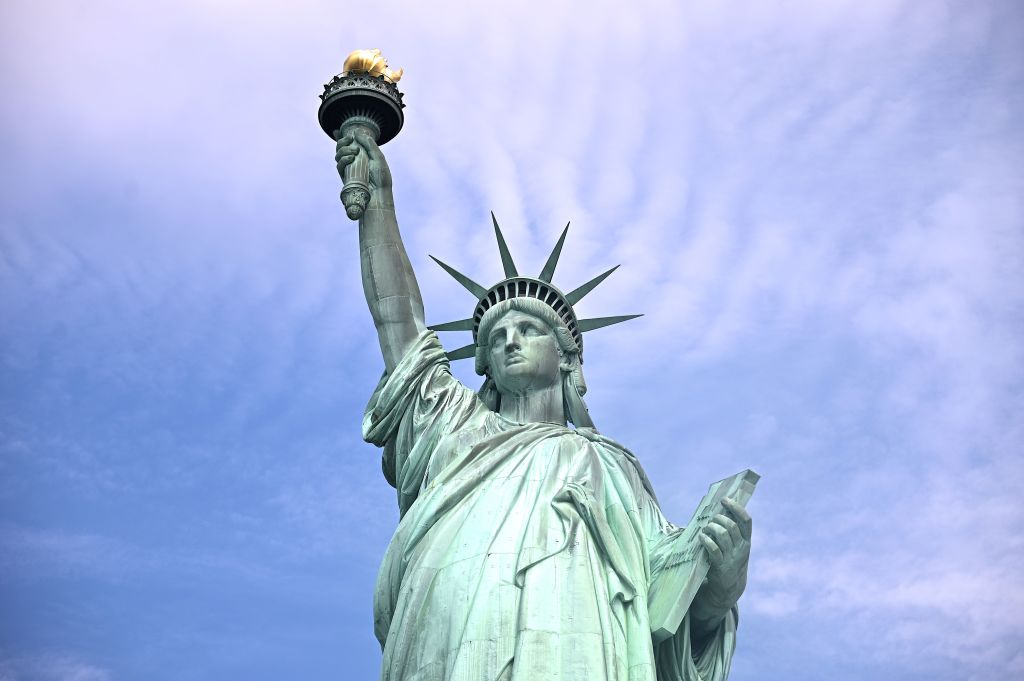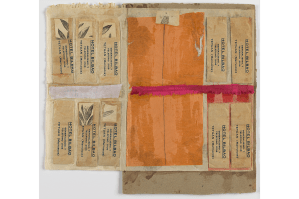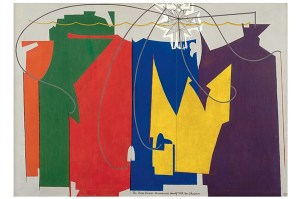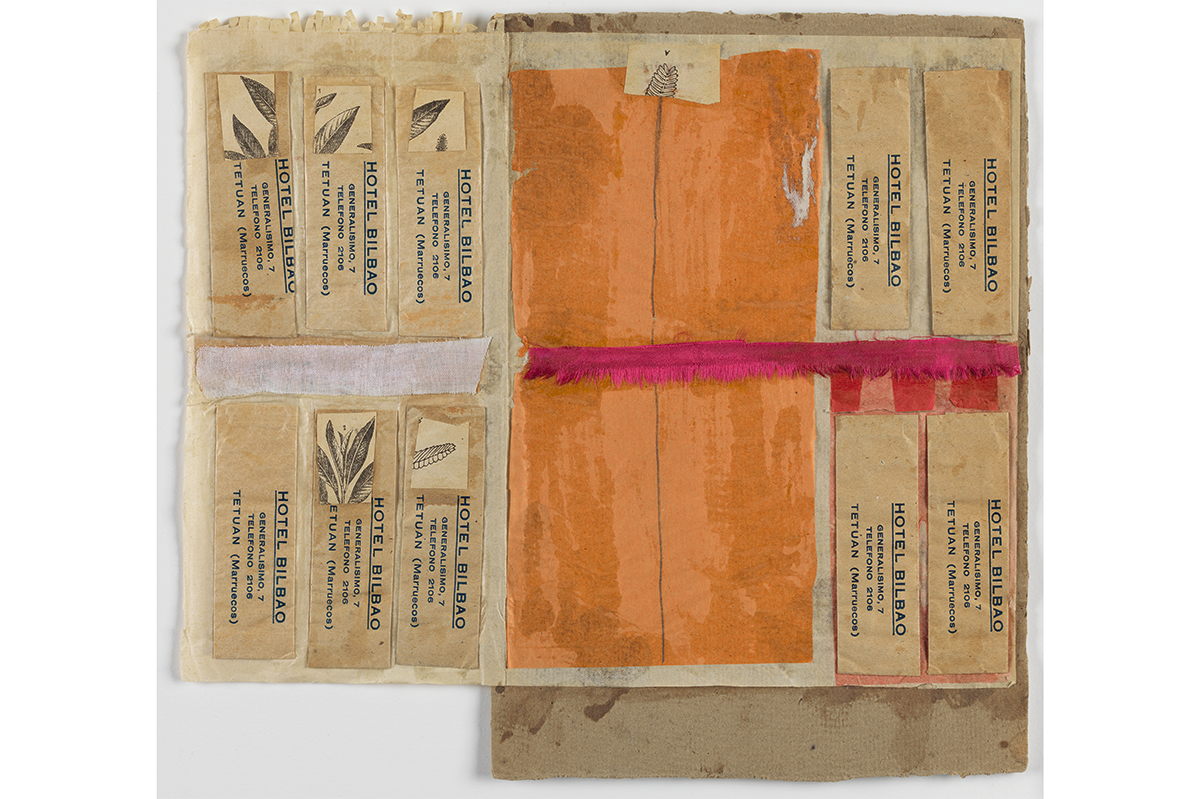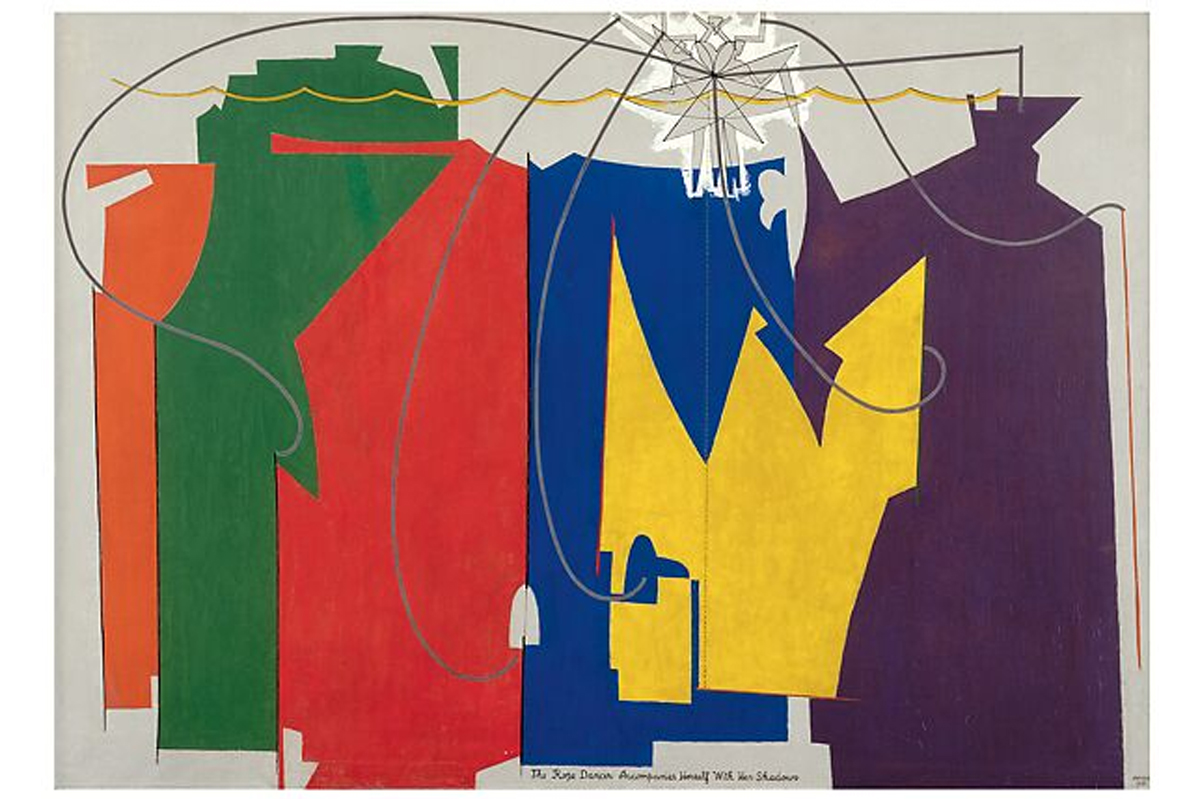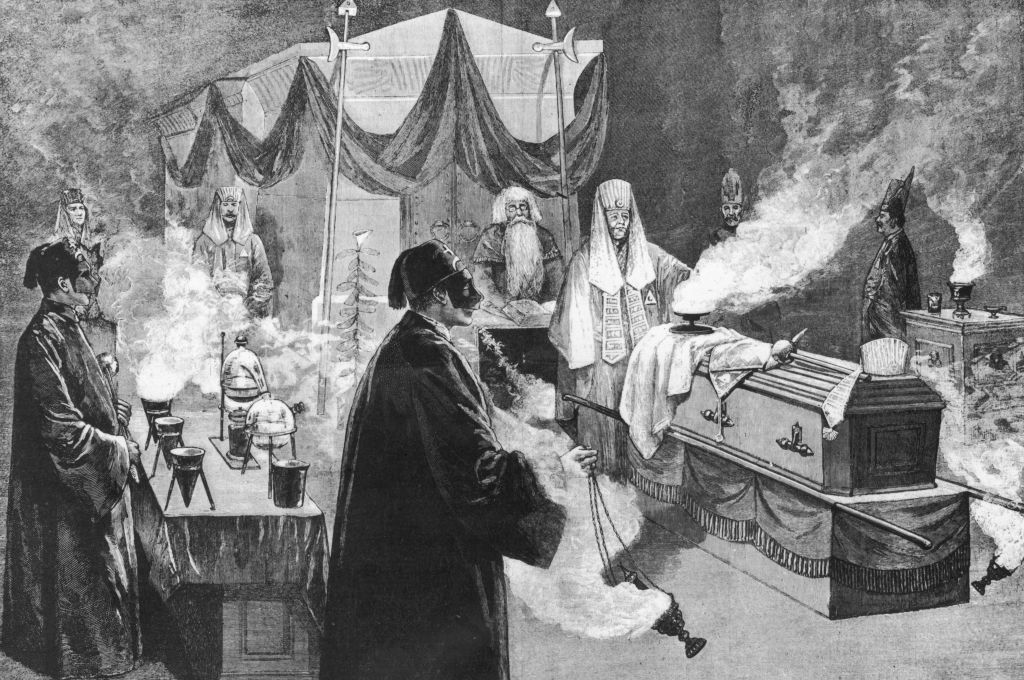She stands in the smoky morning air, her copper lamp held elegantly aloft across the waters from Manhattan. Oh, say can you see America’s most instantly recognizable monument — and, perhaps more to the immediate point, for how much longer?The Statue of Liberty has been in front of the world now for nearly 134 years, the rousingly famous sonnet engraved on the bronze plaque on her pedestal for almost the same length of time. Long may both continue. We have in recent weeks lost God knows how many statues, and I really wouldn’t want to see this one go the way of the recently toppled.The future prospects for America’s grand symbol aren’t simply an academic question for me — although when I say symbol here I’m thinking as much of the words as the statue. I would naturally be sorry to see the Mother of Exiles ever depart the scene. But if the poetry that gave her that name also gets dumped into the harbor, it would be like I had lost a member of my own family. ‘Give me your tired, your poor,
Your huddled masses yearning to breathe free,
The wretched refuse of your teeming shore.’So stirring are the 14 lines of the ever-so-slightly mysterious Emma Lazarus’s poem that it’s sometimes forgotten the statue with which they are associated originally celebrated the end of slavery, rather than being a global lamp flickering for all comers by the golden American door.According to Yasmin Sabina Khan, author of Enlightening the World: The Creation of the Statue of Liberty, the neoclassical work’s French creator, Édouard de Laboulaye, was searching for an idealistic representation of what the new republic could yet promise for its freshly emancipated citizens.Almost 120 years ago, in 1903, Lazarus’s ‘The New Colossus’pasted a much broader meaning over the original one: newly bestowed liberty for all, to be sure, but also the idea-implicit that we’re all somehow bound up in this thing together, at least if we know where to look. Lazarus’s verse was a shoo-in for the pedestal having already scooped an earlier fundraising poetry competition for the planned statue. The author herself had died 16 years earlier, probably from cancer, at the still-tender age of 38, so she never actually saw her work’s final resting place; today, on any normal year, 4.5 million tourists each year make that pilgrimage in her stead. What would she have made of all this subsequent love and attention? For a long time it was hard to say, because it was hard to say much about Lazarus, period. Aside from a flurry of rather lightly detailed writings in 1949 marking the centenary of her birth, not a great deal has been published over the subsequent 70 or so years, either. Quite a bit of what we have known (the stuff about the chronically ‘withdrawn’ spinster who lived as ‘a true woman, too distinctly feminine to wish to be exceptional or to stand alone and apart, even by virtue of superiority’) has never felt terribly specific. As the Princeton scholar Ester Schor suggests in one of a relatively few of the in-depth studies, which was published in 2006, Lazarus comes more into sync when thought about in terms of what she emphatically wasn’t. She wasn’t a woman who was into scandalous affairs. She never got arrested at protest marches. She never punched anyone out. As one of Manhattan’s decidedly un-huddled masses, she never had any experience of going without.We do know she was Jewish, of Sephardic stock, and belatedly Orthodox in her beliefs as the fate of Russian Jewry came to fire her up during the final years of her life. A collection of her works, Songs of a Semite (1882), has been described as the first serious volume of distinctly Jewish-American poetry. People often assume — as a non-American outsider, I know I did back in the 1990s when I first went to New York City looking for her ghost — that somewhere in her immediate family background Lazarus must have been French because the statue itself came from France. But Lazarus wasn’t French at all. She was a fifth-generation American. Her parents, Moses and Esther Lazarus, who did rather well in the sugar-refining business, traced their family roots from Portugal. Most of their original forebears were indeed from that part of the world. But not all of them.Among the lesser-known branches in the family tree was one stretching back to Germany, Moses Levy, who was born there in 1665, went on to England before heading over to the New World. Thanks to the troves of new material now available on websites such as Ancestry.com, it’s now possible to learn more specifics about people like him: the fact that he wore a slightly ridiculous wig, for instance, or that a brother back in London, Joseph, got done for fraud and was sentenced to an hour in pillory as well as two years in the slammer.Moses arrived in New York by boat in 1695. Rather a bit too early in the piece to encounter any statue in the harbor, but in sufficient time to meet and marry a poet, Grace Mears. They had seven children. A daughter, Rachel, became the great-great grandmother of Emma Lazarus.
[special_offer]
Meanwhile on the other side of the Atlantic, Joseph went forth and multiplied, too. This is where the story gets interesting for me, because that side of the family mainly stayed on in the British capital. Most of them were successful, or at any rate avoided the pillory, with one descendent marrying into another establishment family with German roots, the Karamellis. These Karamellis seem to have been a lively bunch. One of them, Leo, translated Yiddish (in his words, the ‘lowest of the low German dialects’) into English at the inquest for the victims of the Jack the Ripper. Leo’s sister, Rachel, named her daughter Rachel, who in turn named her own daughter (presumably for variety of spelling) Rachael. The last of these Rachels, who was born in 1901, married an East End restaurateur called Samuel Levy. Thirty years on, she had her own child whom she did not name Rachel because it was a boy. So she called him Lionel instead. He was my late father. Thus the idealistic words about the family of man, as issued from my blood relative Emma Lazarus — a fifth cousin four times removed — remain vouchsafed even today. And tomorrow, or next year, when the crazy cultural smoke over the American harbor hopefully disappears, I look forward to getting back to New York and beholding them once again.



